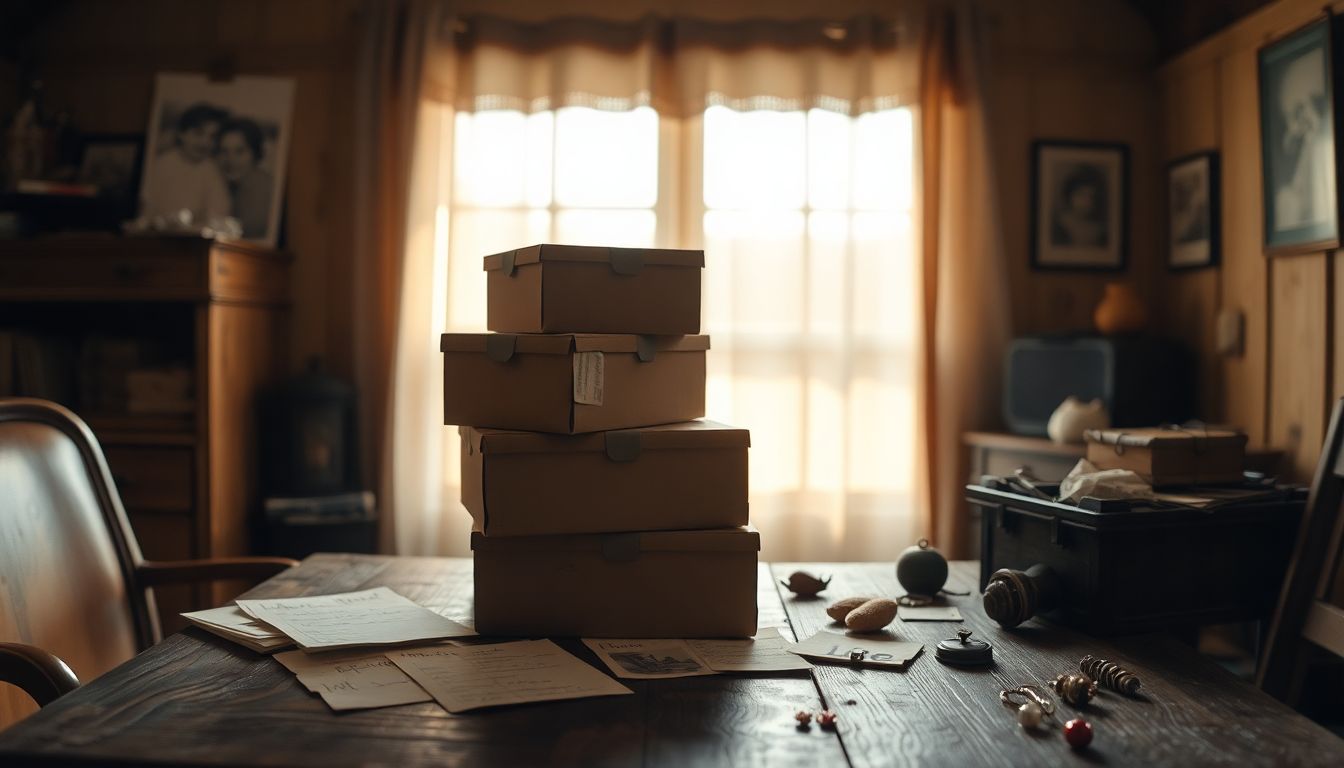Introduction
We each have a box or two. Inside the boxes are more than trinkets or bare, old photos. Inside the boxes are the stories of love, loss, hope, and self. Objects become repositories for emotion, binding us tight to those and the people that give life meaning. It is the knowledge of the reason we keep these treasures that heals and enlightens us. It is through a narrative research and psychological study that we understand how such objects affect our well-being. The article explores the inner significance of personal memories in boxes and why we fill them with love that we would never want to forget.
The Meaning of Personal Memories in Boxes
Why We Hold On to Mementos: Emotional and Psychological Reasons
We all hold on to mementos since they offer lifelines during times of crisis. They remind us of pleasant memories, comfort us, or enable us to grieve. A favorite childhood toy or love letter from the person we love is other people’s buffer from despair. Psychology dictates that the presence of an attachment gives a sense of permanence. Dr. David Levitin, in The World in a Grain, describes how things become touchstones of identity. They provide meaning to the narrative of our life, especially in loss or transition.
Cultural and Social Meaning of Keepsakes
Different cultures remember personal heritage in things. Memory boxes in most homes are filled with keepsakes in remembrance of ancestors. These tokens provide remembrance in tribute to heritage and instill in history a sense of reality for generations to follow. In other cultures, precious objects such as heirlooms, photographs, or jewelry keep families intact across generations. Social bonds among individuals are tenuous, yet they are strong when shared or inherited treasures symbolize love, identity, and heritage. These treasures are not possessions in the abstract—they are living links to our heritage.
The Stories Behind the Boxes: Real-Life Examples
Personal Stories of Love and Loss
To some, it is reassuring to preserve the possessions of their loved ones. One may keep his mother’s jewelry box as a reminder of her kindness or generosity. Some are letters, photographs, or antiques that remind them where they came from. They are quiet witnesses to loss, love, and sacrifice. One may keep his father’s antique clock or a grandmother’s quilt—not as things but as stories woven into the fabric of daily living.
Aesthetic and Artistic Uses of Personal Keepsakes
Artists convert personal keepsakes into works of art. Artists turn personal keepsakes into shadow boxes, collages, or installations that are filled with sentimental trinkets. The artwork allows the story to be viewed in a new way by other people. Home designers also use exquisitely designed vignettes and boxes in their homes to bring in warmth and history. The objects give life and breathe life into personal stories, welcoming all who come into contact with them.
Lessons Learned from Collecting and Preservation
From therapists to collectors, many people find it helps them to emotionally negotiate the ups and downs of life by preserving memories. Having something that holds meaning can be reassuring in the midst of loss or transition. For some, keeping souvenirs is therapeutic in the sense that it makes one patient, present, and accepting. These objects become part of healing or self-discovery. Working with personal collections makes us think about who we are and where we belong.
Caring for and Organizing Your Treasures
Down-to-Earth Tips for Storing and Preserving Keepsakes
In order to preserve memories, keep the items in a sealed, dry storage. Keep things in acid-free containers or boxes to avoid degradation in the long term. Mark each item or folder in order to recall its source. Digitization of objects or photos makes it convenient to share and retrieve them. This keeps the collection under control as well as memorable.
Selecting What to Keep, Selecting What to Let Go
Sentimental attachment to items will make decluttering even more difficult. The guideline is to ask: Does it bring me joy or clarity? If yes, keep it. If no, give away or recycle. A photo of mail or images lets you retain the memory but not the space. Remember, the idea is to respect your feelings but not take up space for yet-to-be memories.
Leave Keepsakes in the Present
Position meaningful objects where they are visible and accessible. A memory box in your dresser or a treasure shelf of meaningful objects has direct interface with everyday life. Integrate these objects into routines or rituals—like lighting a candle beside a loved one’s photo—so they remain significant to you. Personal reminders are also calming systems when life becomes overwhelming. Intentionally use them to infuse warmth and meaning into everyday routines.
Conclusion
A whole world of love, memory, and meaning can fit into a small box. These objects anchor us in the past and build our present. They are the reminders that love and identity are not just emotions but also in the things we love. To render private collecting an act of veneration is to validate its emotional value. Whatever you want to keep, whether it’s a few reminders or the entire box of memories, hold on to it intentionally. Keeping the love in every single box, these are not things, but tales of who we are.
